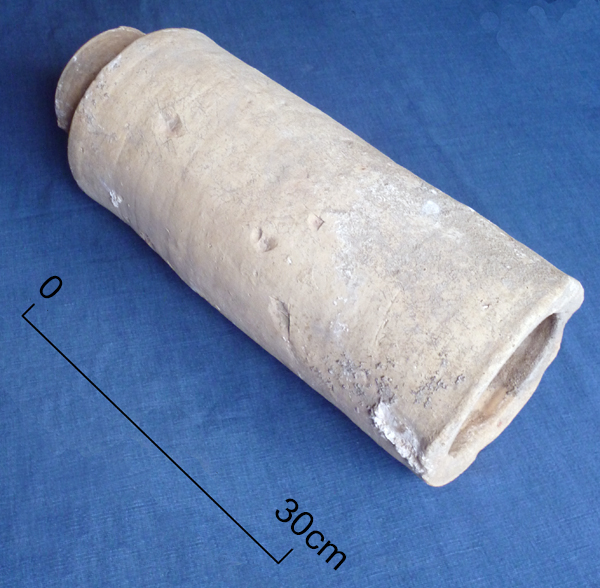
The image for Day 131 of VM_365 is of a Roman ceramic water pipe dating to the second century. Like the perforated lead drain cover that was shown in Day 130, the pipe was excavated from the area near a bath house at the Roman Villa at Minster.
Ceramic pipes like this one were manufactured to have an extended collar formed at one end, which would fit into the opening of another pipe, forming an interlocking series that could be made as long as was needed. The joints may have been mortared to prevent leaking. Water would flow through the pipes under gravity. Similar systems of pipes were even used by the Romans to lift water across valleys and even to raise water from one level to a higher elevation.
The pipe at Abbey Farm was found on its own, used in part of the drain leading from the lowest of a series of rooms of the bath house (Room 41 of Building 6A), which conducted the water that was discharged from the bath house into a drainage ditch.
Room 41 had originally been a cold plunge bath (room 41a) but it was later adapted to become a hot plunge bath through the construction of a hypocaust below the floor. A new tile lined drain measuring 2.65 metres long was assembled to discharge the water into the ditch. It was later extended using more tiles and this ceramic pipe which may previously have been used in another part of the site.
The ceramic water pipe is one example of the distinctive, mass produced and specialised building materials that the Romans introduced to Britain.
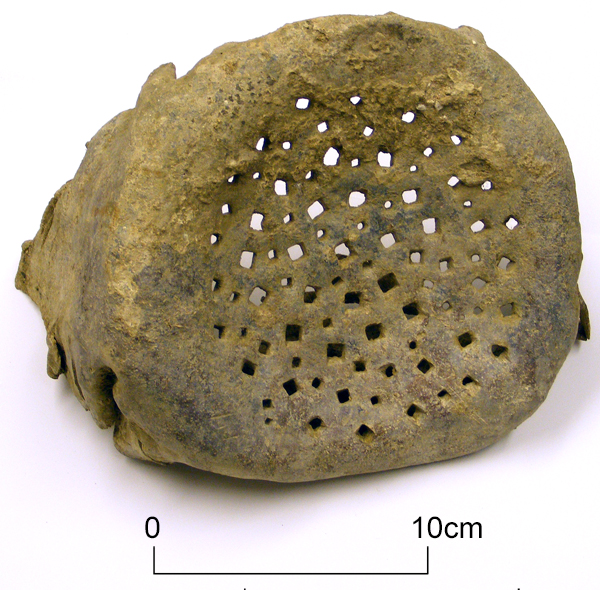
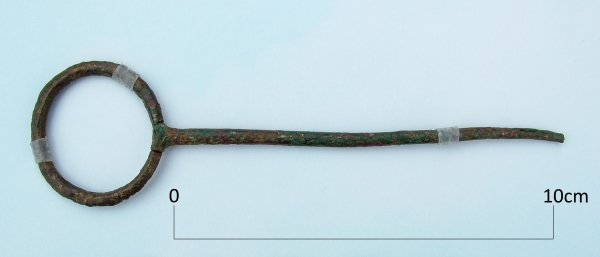
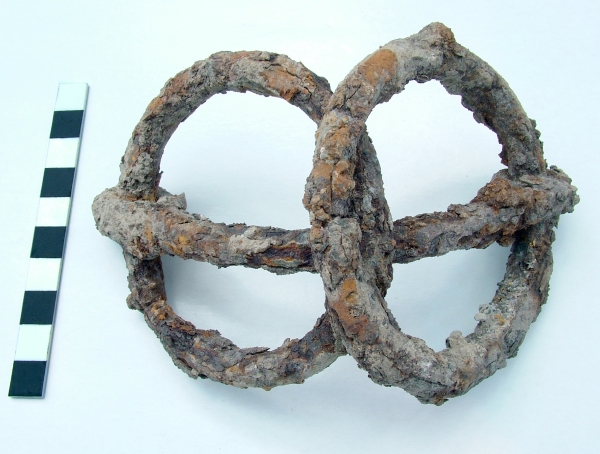
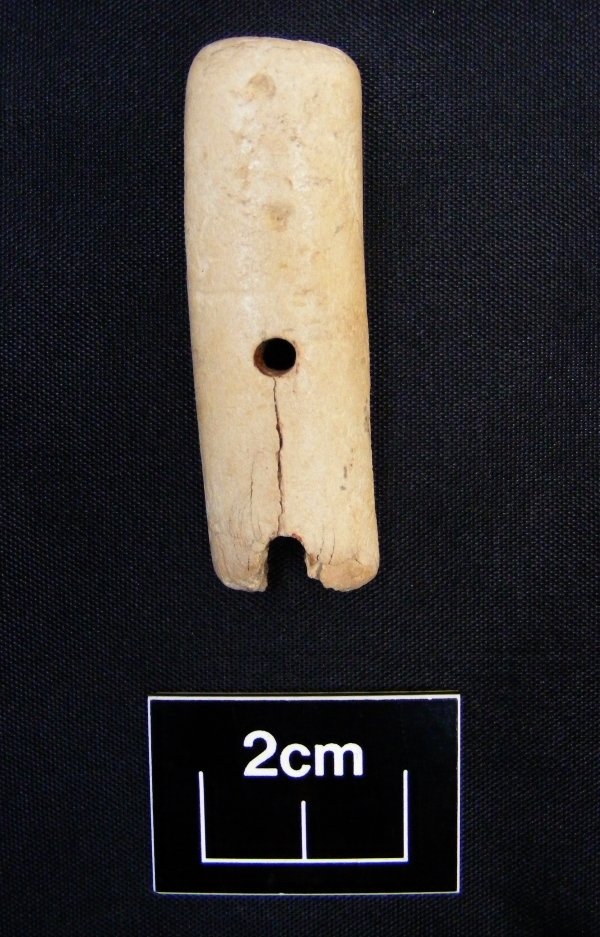
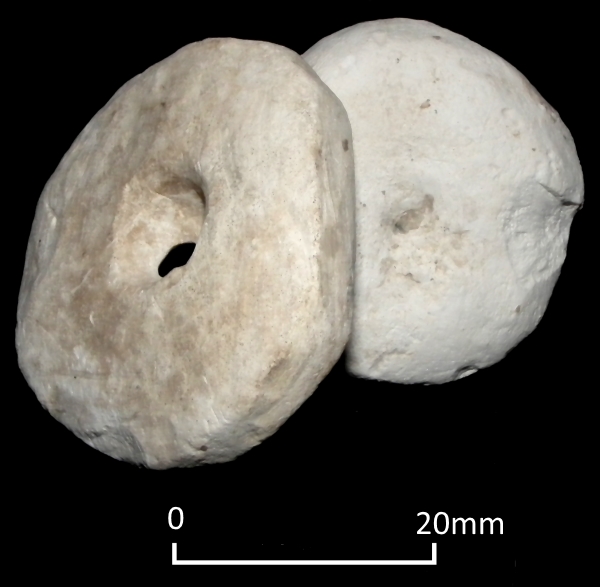
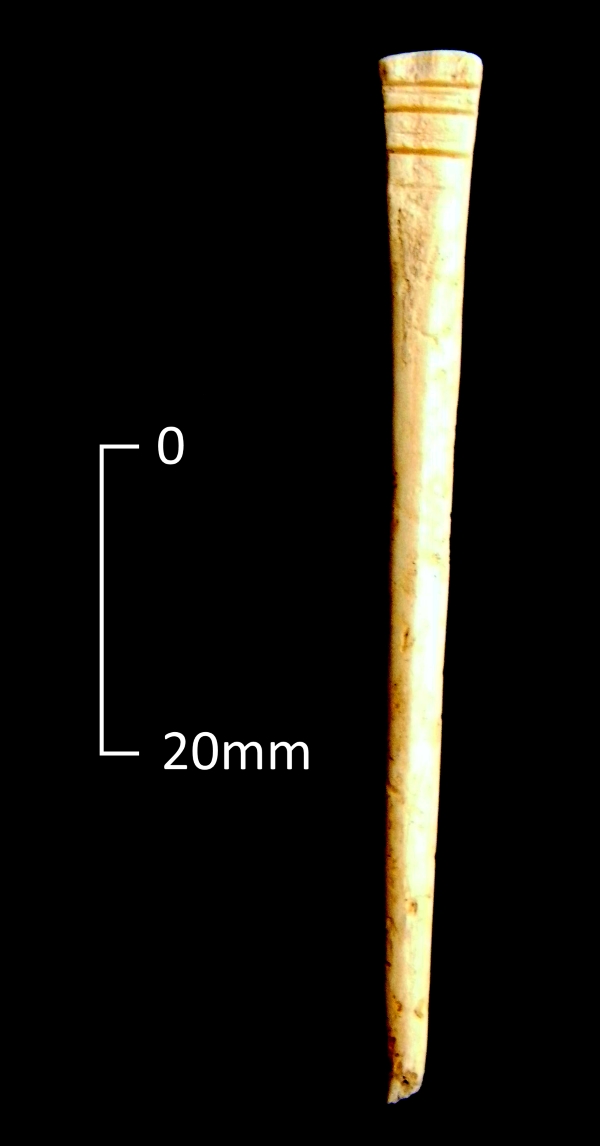
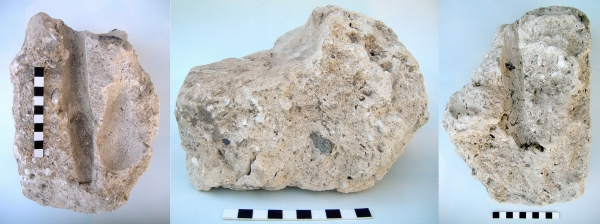
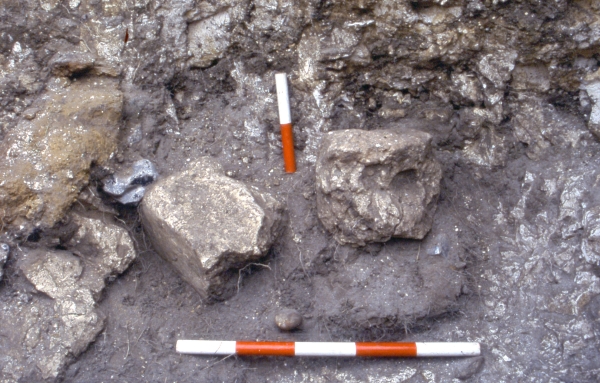
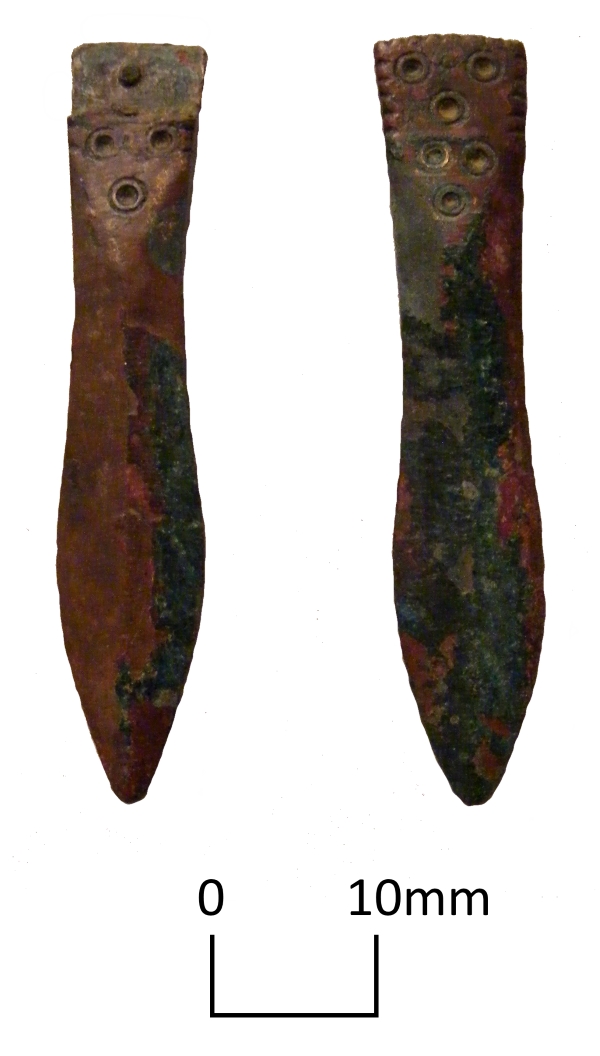 Today’s image for VM 365 Day 120 shows two decorated strap ends found in grave 276 at Sarre in 1990.
Today’s image for VM 365 Day 120 shows two decorated strap ends found in grave 276 at Sarre in 1990.